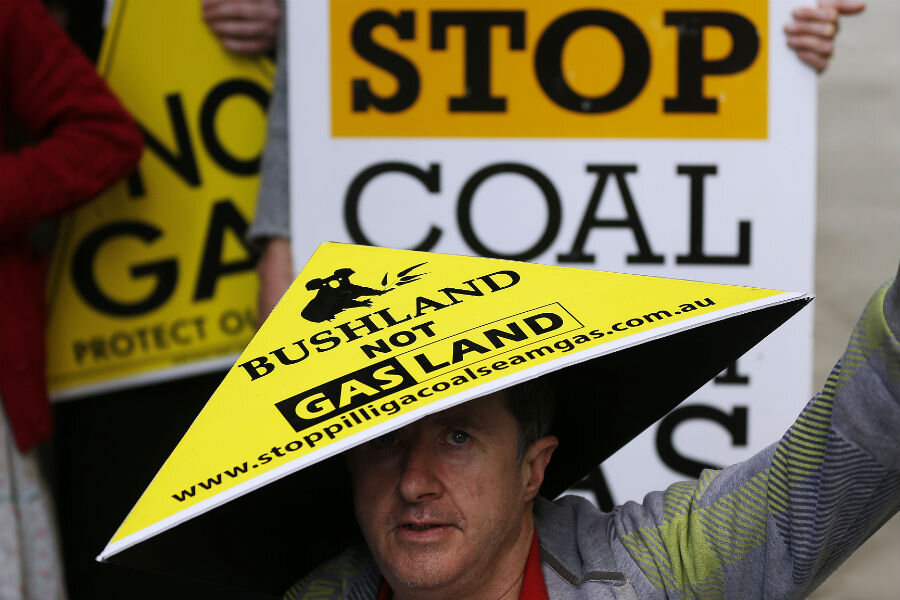Australia's carbon economy in a changing climate: Paths to sustainable growth
Loading...
Although much of Australia remains pristine, its carbon footprint per-capita is still one of the largest in the world. As a primary exporter of agricultural goods, and with a government that supports a booming coal industry, Australians are facing the reality that forthcoming climate agreements may hurt their economy.
But new research published in Nature this month concludes that Australia can maintain its current industry interests and economic growth, even as the country reduces the strain such priorities are putting on its climate and iconic coastlines.
The study produced 20 scenarios for Australia's future, and explored possible domestic developments in regard to lifestyle, policy and innovations and adoption rates in the technology sector. All of the scenarios were run through four possible settings for global change, characterized by different population trajectories and by different global carbon prices, as well as to 2, 3 or 6 degrees Celsius of global warming above pre-industrial levels in the year 2100. Lead author Steve Hatfield-Dobbs and his colleagues then put those climate scenarios against environmental usage like water consumption, land clearing and greenhouse-gas emissions.
Using that matrix, the authors demonstrate that carbon emissions can be cut by streamlining production, planting forests, and by creating systems that capture carbon and create carbon storage – an optimistic path forward for Australia, but one that will require a significant policy commitment from the Australian government.
"The public overwhelmingly supports climate action, and the government closed its eyes to the risk just as the world moved in the other direction," says Erwin Jackson with the Climate Institute, a research and advocacy group in Sydney, in an interview with National Geographic.
The magazine notes that under then-prime minister Tony Abbott, the government replaced a carbon-tax policy with less effective and "inefficient" mitigation subsidies in 2014. New leadership took office in September 2015, but it is still unclear what new prime minister Malcolm Turnbull will accomplish with climate change reforms.
Two researchers who were unaffiliated with the study, Benjamin L. Bodirsky and Alexander Popp from the Potsdam Institute for Climate Impact Research in Germany, assessed the study for Nature and saw the strongest "possible pathway" forward to be an economic shift that emphasizes technology and labor as an alternative to emphasizing energy and exploiting natural resources. The study underscores the need for global pricing of greenhouse gases, according to their assessment, and adds urgency to a global climate treaty that would shield Australia's economy from "unfair competition" and open the continent up to continued growth.
To get there, Mr. Bodirsky and Ms. Popp recommend putting carbon-tax revenues into education and science, and creating commercial markets for flexible electricity consumption, as well as putting greener transportation infrastructure in place and promoting sustainable diets.
They add, "Australia is free to choose which path to follow."






